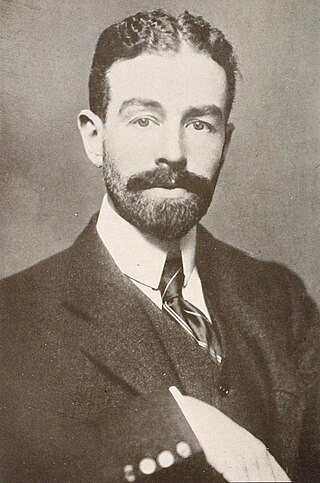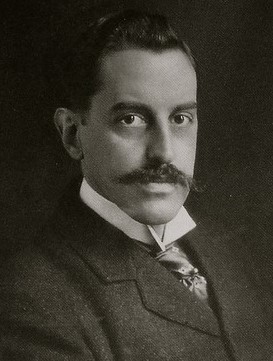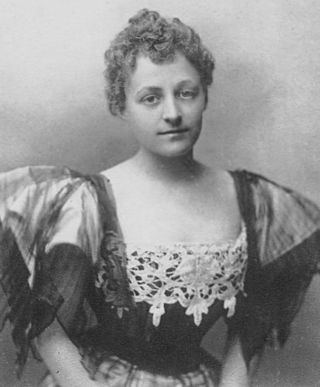

The Rose and Crown Tavern was a farmhouse and tavern located in New Dorp, Staten Island.


The Rose and Crown Tavern was a farmhouse and tavern located in New Dorp, Staten Island.
The tavern was built by Huguenot immigrants in 1665. [1]
During the American Revolution the tavern was owned by Cornelius Vanderbilt, the uncle of Commodore Cornelius Vanderbilt. An historian described the tavern as a "one-story building of stone, with a hall through the middle, and rooms on either side; in front was a large elm tree." The future King William stayed at the tavern as a young adult for an extended period in 1781 during the British occupation. [2]
In 1776, General William Howe, with his aides-de-camp and 30,000 British and Hessian soldiers, was encamped on Staten Island awaiting orders to invade New York City. During that time, the tavern became the local British headquarters. [1] On July 9, 1776, General Howe read the United States Declaration of Independence to his troops at this tavern. [1] Other military occupants of the tavern representing the British included General Wilhelm von Knyphausen and Sir Guy Carleton. It was here at the tavern that the Battle of Brooklyn was planned.
The building itself was demolished in 1854. [1] In 1855 an Italianate mansion was built on the site by David R. Ryers, who sold it in the 1890s to German confectioner Gustave Mayer, who invented Nilla wafers at that location. the formula of which was sold to Nabisco. The house, considered haunted, was listed for sale in 2015 for US$2.3 million. [3]
In 1921, the Richmond County Chapter of the Daughters of the American Revolution erected a stone marker at the approximate location of the tavern to signify that the tavern once stood there. The marker is located at the corner of New Dorp Lane and Richmond Road. [1]

Cornelius Vanderbilt, nicknamed "the Commodore", was an American business magnate who built his wealth in railroads and shipping. After working with his father's business, Vanderbilt worked his way into leadership positions in the inland water trade and invested in the rapidly growing railroad industry, effectively transforming the geography of the United States.

William Henry Vanderbilt was an American businessman and philanthropist. Known as "Billy," he was the eldest son of Commodore Cornelius Vanderbilt, an heir to his fortune and a prominent member of the Vanderbilt family. Vanderbilt became the richest American after he took over his father's fortune in 1877 until his own death in 1885, passing on a substantial part of the fortune to his wife and children, particularly to his sons Cornelius II and William. He inherited nearly $100 million from his father. The fortune had doubled when he died less than nine years later.

William Kissam Vanderbilt I was an American heir, businessman, philanthropist and horsebreeder. Born into the Vanderbilt family, he managed his family's railroad investments.

Frederick William Vanderbilt was a member of the American Vanderbilt family. He was a director of the New York Central Railroad for 61 years, and also a director of the Pittsburgh and Lake Erie Railroad and of the Chicago and North Western Railroad.

New Dorp is a neighborhood on the East Shore of Staten Island, New York City, United States. New Dorp is bounded by Mill Road on the southeast, Tysens Lane on the southwest, Amboy and Richmond Roads on the northwest, and Bancroft Avenue on the northeast. It is adjacent to Oakwood to the southwest, Todt Hill to the northwest, Dongan Hills and Grant City, and Midland Beach and Miller Field to the southeast. New Dorp Beach, bordering to the east, is often listed on maps as a separate neighborhood from Mill Road to the shore of Lower New York Bay, but is generally considered to be a part of New Dorp.

Brigadier General Cornelius "Neily" Vanderbilt III was an American military officer, inventor, engineer, and yachtsman. He was a member of the Vanderbilt family.

New Utrecht was a town in western Long Island, New York encompassing all or part of the present-day Bath Beach, Bay Ridge, Bensonhurst, Borough Park, Dyker Heights and Fort Hamilton neighborhoods of Brooklyn, New York City. New Utrecht was established in 1652 by Dutch settlers in the Dutch colony of New Netherland, the last of the original six towns to be founded in Kings County. New Utrecht ceased to exist in 1894 when it was annexed by the City of Brooklyn, and became part of the City of Greater New York when Brooklyn joined as a borough in 1898.

Conference House is a stone house in the Tottenville neighborhood of Staten Island in New York City. Built by Captain Christopher Billopp some time before 1680, it is located in Conference House Park near Ward's Point, the southernmost tip of New York state, which became known as "Billop's Point" in the 18th century.

George Washington Vanderbilt II was an American art collector and member of the prominent Vanderbilt family, which amassed a huge fortune through steamboats, railroads, and various business enterprises. He commissioned the construction of a 250-room mansion, the largest privately owned home in the United States, which he named Biltmore Estate.

The Moravian Cemetery is a cemetery in the New Dorp neighborhood of Staten Island, New York, United States.

The term North Shore is frequently applied to a series of neighborhoods within the New York City borough of Staten Island.
Vanderbilt Avenue is the name of three thoroughfares in the New York City boroughs of Brooklyn, Manhattan, and Staten Island. They were named after Cornelius Vanderbilt (1794–1877), the builder of Grand Central Terminal in Midtown Manhattan.

Richmond University Medical Center is a hospital in West New Brighton, Staten Island, New York City. The hospital occupies the buildings that were formerly St. Vincent's Medical Center, which closed in 2006. It is affiliated with the Icahn School of Medicine at Mount Sinai and the Mount Sinai Health System.
Samuel Barton was an American politician and a one-term U. S. Representative from New York from 1835 to 1837.

The New Dorp station is a Staten Island Railway station in the neighborhood of New Dorp, Staten Island, New York. The station became fully compliant with the Americans with Disabilities Act of 1990 in 2023.

The Staten Island Peace Conference was a brief informal diplomatic conference held between representatives of the British Crown and its rebellious North American colonies in the hope of bringing a rapid end to the nascent American Revolution. The conference took place on September 11, 1776, a few days after the British had captured Long Island and less than three months after the formal American Declaration of Independence. The conference was held at Billop Manor, the residence of loyalist Colonel Christopher Billop, on Staten Island, New York. The participants were the British Admiral Lord Richard Howe, and members of the Second Continental Congress John Adams, Benjamin Franklin, and Edward Rutledge.

Lookout Place or Fort Hill was an American Revolutionary War British garrison, or earthen mound-fortress roughly 44 feet square at the top of La Tourette Hill in Historic Richmondtown, Staten Island, New York. The redoubt was constructed in 1776 by British Regulars during the occupation of Richmond County. General William Howe planned his successful capture of New York City while encamped on the Island, along with 30,000 British and Hessian soldiers joining to suppress the rebellion after the arrival of his brother Admiral Richard Howe. The fort overlooked a fresh water spring about 200 feet directly below, the Old Mill Road, Fresh Kills which is a tributary of Richmond Creek, St. Andrews Church and the town of Richmond, then referred to as Cuckoldstown, in the valley just below La Tourette Hill.

The Britton Cottage, formerly known as the Cubberly House, is a house in the Historic Richmond Town museum complex in the neighborhood of Richmondtown, Staten Island, in New York City. The oldest section of the cottage dates to 1671, with additions in the mid-18th century. It is constructed of stone and timberframe components. The house was originally located at the intersection of New Dorp Lane and Cedar Grove Avenue in the New Dorp Beach section of Staten Island, but was moved to its current location in 1967 when it was threatened with demolition.

Grace Graham Vanderbilt was an American socialite. She was the wife of Cornelius Vanderbilt III. She was one of the last Vanderbilts to live the luxurious life of the "head of society" that her predecessors such as Alice and Alva Vanderbilt enjoyed.
This is a timeline of Staten Island.